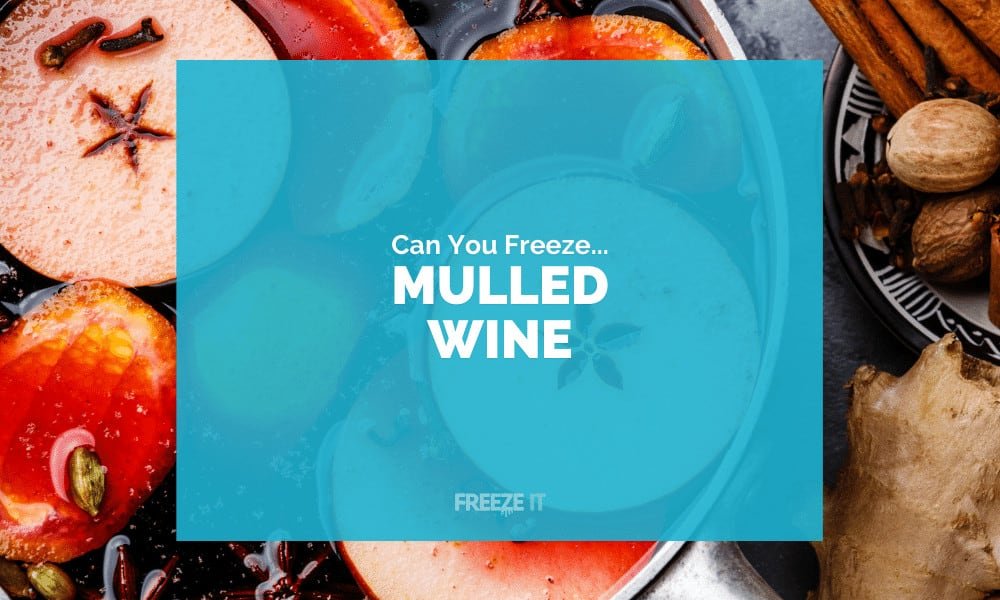All Winter Freezing Guides
Frequently Asked Questions
Frozen grapes can be a refreshing snack, but upon defrosting, they turn into soggy lumps. It's best to freeze grapes only if you plan to use them in cooking, as they won't retain their fresh texture when eaten raw after thawing.
Foods that generally freeze well for winter include:
- Milk (shake well after thawing if separated)
- Sour Cream
- Cottage Cheese
- Cream Cheese
- Bananas (peeled)
- Berries
- Pesto
- Pasta Sauce | Tomato Paste
The best foods for cold weather are those that provide comfort and warmth, such as:
- Decadent Mac and Cheese
- Beef and Beer Potpie
- Classic Chicken and Dumplings
- Polenta Bake With Shrimp
- Skillet Spinach Lasagna
- Free-Form Enchilada Verde
- Baked Spaghetti and Meatballs
- Grilled Cheese Sandwiches
Several foods are suitable for freezing, including:
- Cooked pasta
- Cooked rice
- Nuts
- Flour (use directly from the freezer)
- Butter
- Grated cheese
- Bananas (peeled)
- Bread (slices, loaves, or breadcrumbs)
Some foods that do not freeze well are:
- Irish potatoes, baked or boiled (affects texture in soups, salads, or sauces)
- Cooked macaroni, spaghetti, or rice (when frozen alone for later use)
- Egg whites, cooked (texture changes in salads, creamed foods, or desserts)
- Meringue (loses consistency in desserts)
To stockpile food for winter, consider storing:
- Bottled water (at least one gallon per person per day, for a minimum of three days)
- Canned goods, such as soups and stews
- Snack foods in sealed packages (chips, crackers, cookies)
- Cereal and granola
- Jarred items (jellies, pickles, meats)





